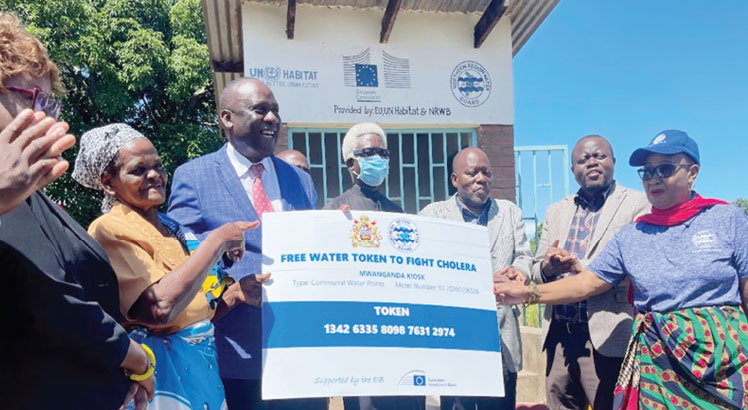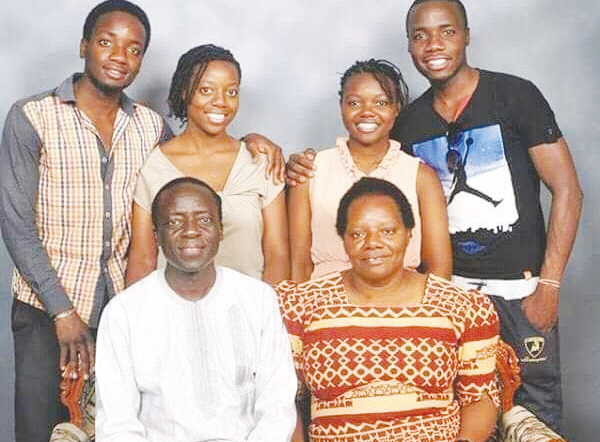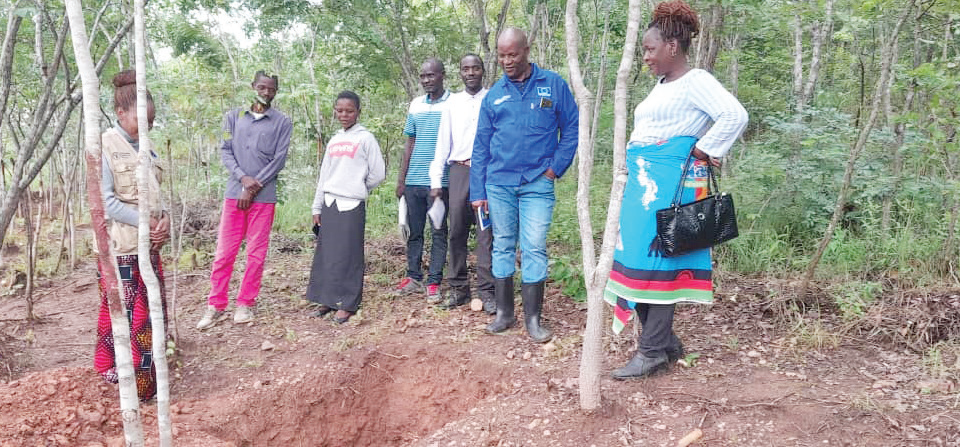Is linking ‘fisi’ with HIV detracting attention?
In this article, Samantha Page urgues that the Aids narrative that focuses more on harmful cultural practices such as the use of fisi on initiates is distorting the real impact that renders women vulnerable to the pandemic.
Biomedical research on HIV shows the virus is not easily spread and transmission is much lower than is generally perceived.
 From a single act of unprotected heterosexual sex, there is one in 1 000 chance of spreading the virus. Even if one partner is infected, the probability of infection is still low, eight in 1 000.
From a single act of unprotected heterosexual sex, there is one in 1 000 chance of spreading the virus. Even if one partner is infected, the probability of infection is still low, eight in 1 000.
Although fisi has several meanings, this article refers to the fisi practice taking place during initiation where, according to the Malawian Human Rights Commission (MHRC), the fisi is an unidentifiable male who comes to each girl during the night and has sex, often without protection.
While a fisi may be more likely to be HIV positive than the average male, intercourse with the fisi is usually a single act and is far from an everyday occurrence.
Since sexual intercourse within marriage is much more frequent and the use of condoms is infrequent, regular marital relations are more likely to lead to infection than intercourse with a fisi.
As well as the epidemiological evidence to show the fisi is of low risk, there is a lack of evidence to suggest the practice is widespread to the extent that it would significantly increase HIV rates in Malawi, as the practice is evidenced in a small number of rural communities, namely Mangochi and Nsanje.
The study
Sixty in-depth interviews were conducted in 2008-2009 in Malawi with those working in HIV prevention including lawyers, researchers, policy makers, government ministers, non-governmental organisation (NGO) staff at international and national level as well as district officials and health workers in Balaka, Blantyre and Lilongwe. This was to find out people’s views on the practice and how stories linking Aids to the fisi practice came about.
Why is there then so much focus on something that in numerical terms has a minor effect on the increase of Aids?
Impact on women’s lives
The underside of this is what gets lost, which is a critical understanding of how traditional cultural practices impact negatively on women’s lives. While the fisi practice is not responsible for the spread of HIV in Malawi, the practice does feed into a gender ideology that renders women vulnerable to abuse and oppression.
This real impact becomes distorted by the Aids narrative, the troublesome and harmful impact becomes either obscured or rendered invisible. For example, the way in which the fisi practice acts to oppress and marginalise women is not heard.
What next?
What needs to be made more visible is the reality of HIV and Aids in Malawi and to focus on the structural underpinnings that render women vulnerable to it. The emphasis of Aids policies should, therefore, in fact be attributed more to contemporary patriarchal constructions of gender and power than a one-off highly un-evidenced traditional sexual practice. Donors and policy makers need to use rigorous, scientific evidence to support policy decisions so that development programmes are effective.
Further, stakeholders need to better articulate the link between traditional cultural practices, gender-based violence and women’s health as the practice of sexual cultural acts can lead to women’s susceptibility to violence.
Donors need to apply a more theoretical perspective to project planning and implementation that mainstreams gender as the key lens through which gender-based violence, HIV and Aids should be viewed. For HIV prevention purposes, it would be far more useful to focus on frequent practices, such as transmission within marriages or stable couples.
—Samantha Page spent 14 months in Malawi researching for her PhD entitled “Narratives of Blame” HIV/Aids and Harmful Cultural Practices in Malawi: Implications for Policies and Programme.





